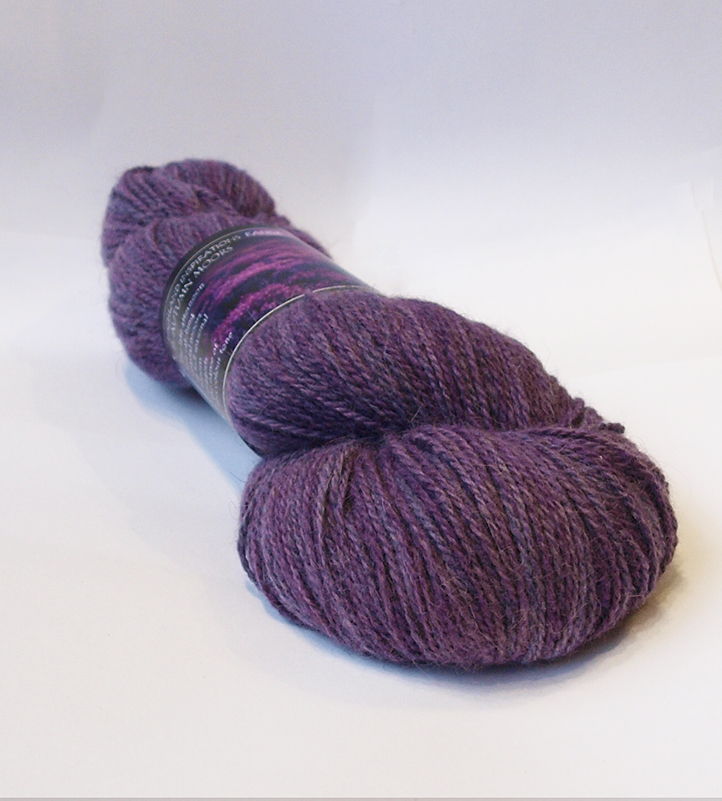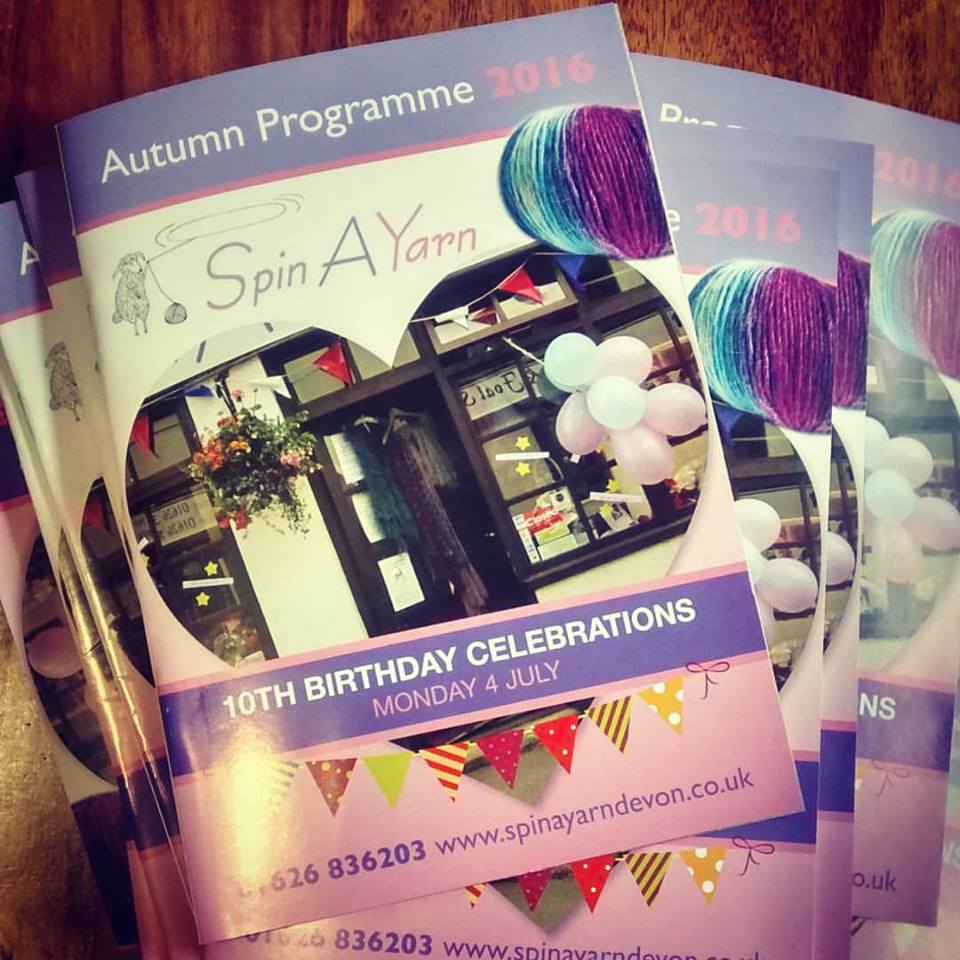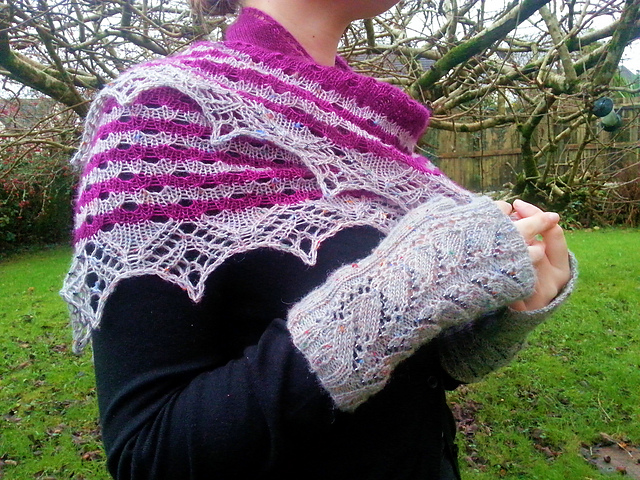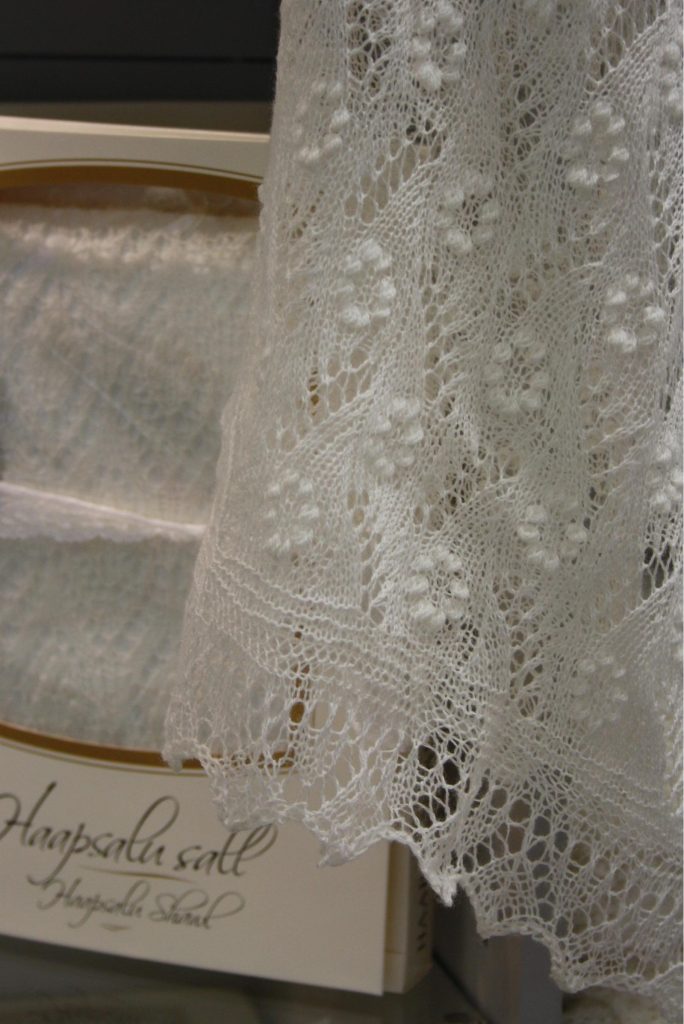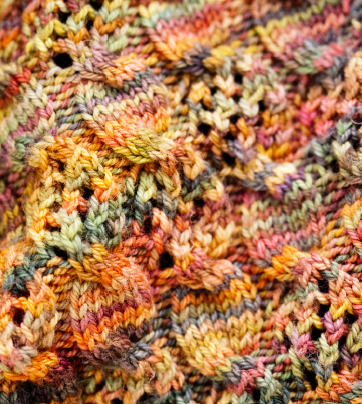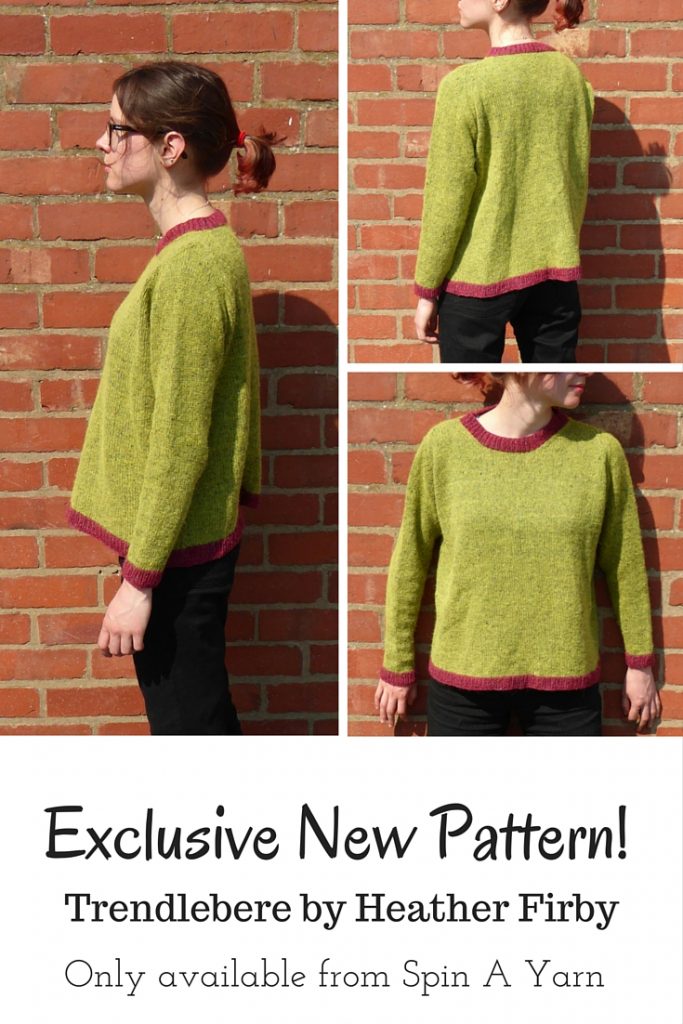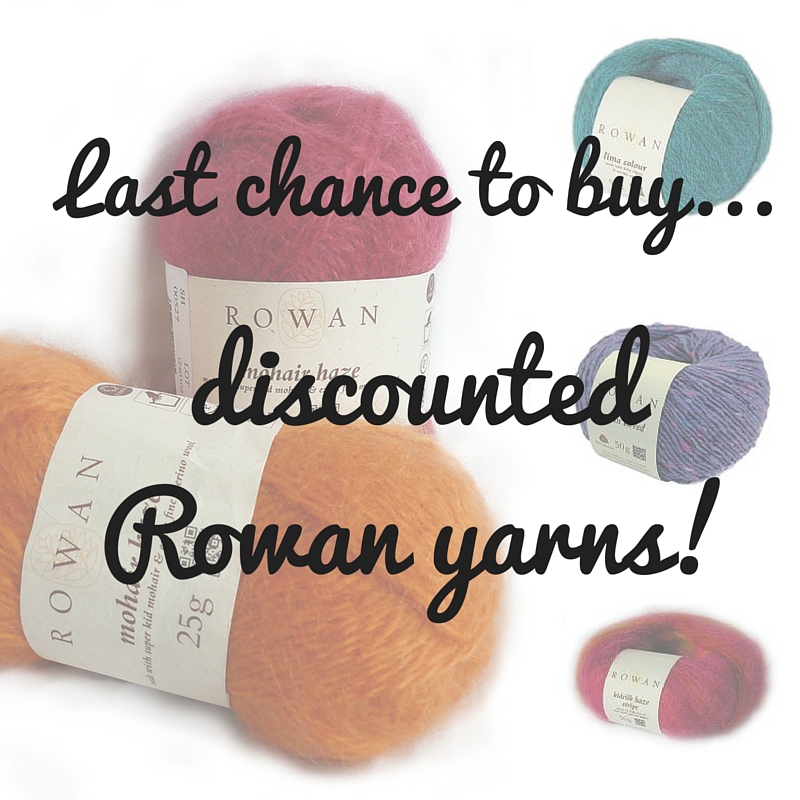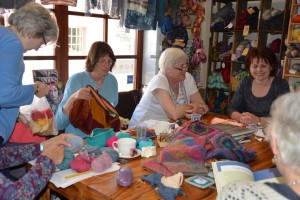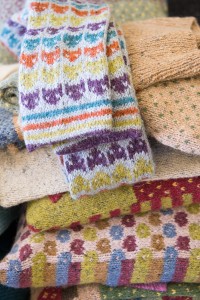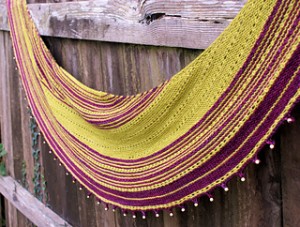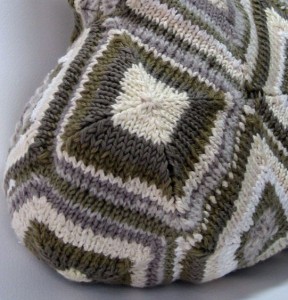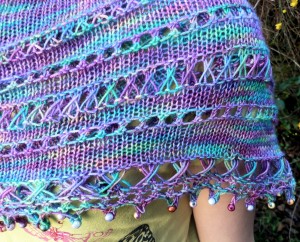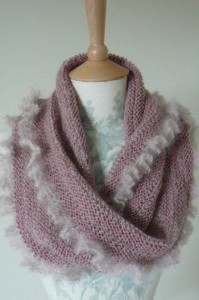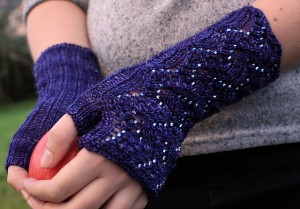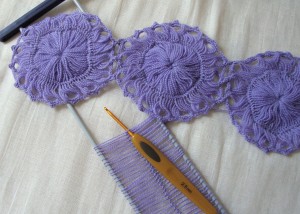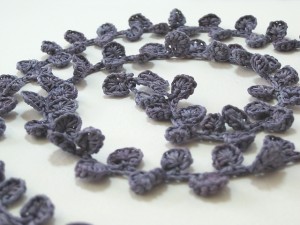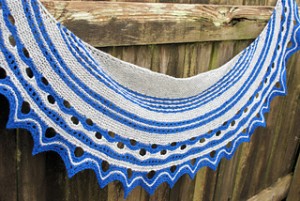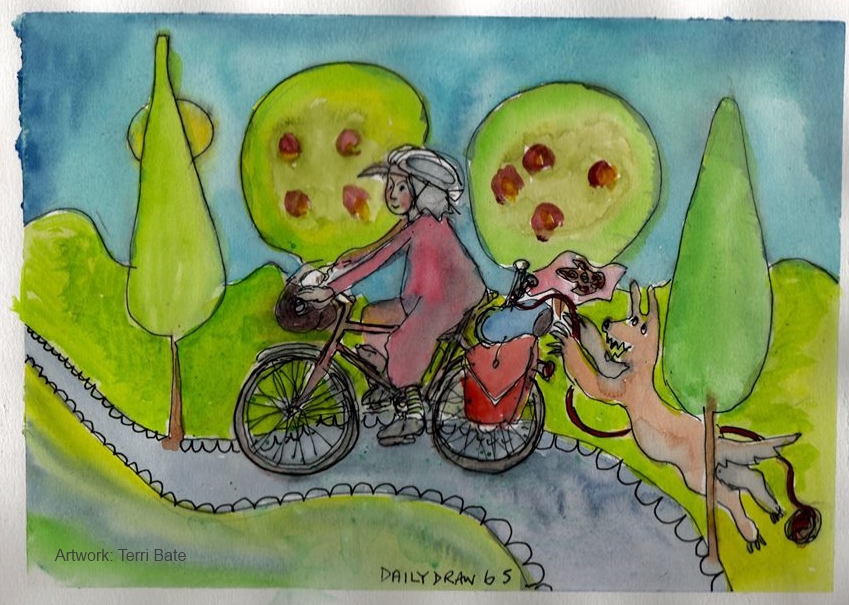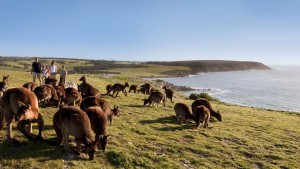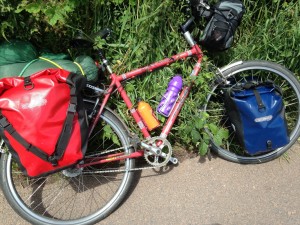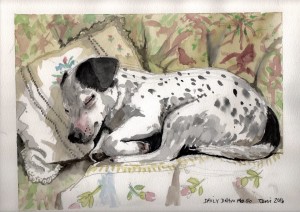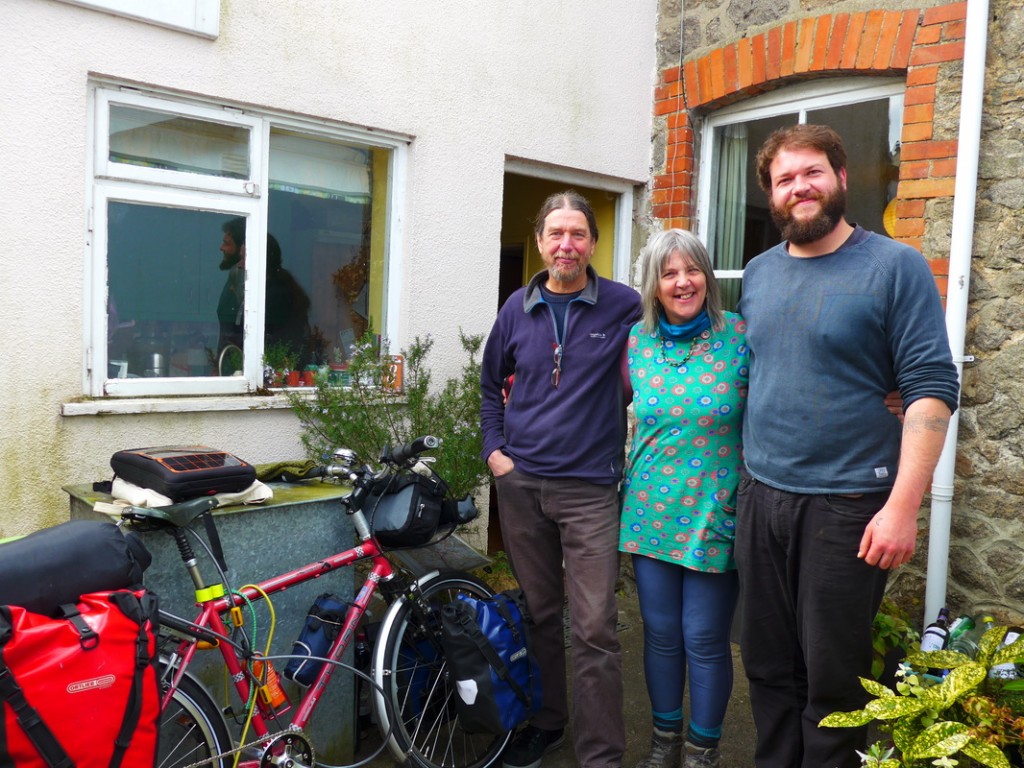We’re often asked…what exactly is Tunisian crochet?
Well, the short answer is that it is a craft that combines the best of knitting and crochet – you use a hook like crochet, but it’s as long as a knitting needle, and you keep a whole row of stitches on the hook, like knitting. You can achieve many different stitches and effects, and even combine it with regular crochet. It produces quite a dense and textured fabric, which is great for making warm and cozy cowls and mitts, or even fabric for bags, purses and cushions.
Why “Tunisian”? Well, the name is a bit misleading! It’s also been called over the years: Afghan Crochet, Shepherd’s Knitting, German Work, Railway Knitting (named after the girls on the trains going to work in English factories in the 1800s), Russian Work, Tricot Work, and many more. Some believe that the technique evolved from the ‘hook knitting’ of Egypt, Afghanistan, and Tunisia, which uses two long needles with hooked ends. We might guess from the terms ‘Afghan’ and ‘Tunisian’ that it originated in the Near East or northern Africa, but there’s not a lot of evidence to substantiate that. In fact, most believe that the term ‘Tunisian crochet’ was coined by the French. By the early 1800s directions for Tunisian stitches began appearing in publications for crocheters. It was used at the time primarily for blankets, as the dense stitches Tunisian lends itself so well to are ideal for creating warm layers. By the mid-19th century it was practiced in Western Europe and the British Isles (where, some claim, it was known as “Royal Princess Knitting” in honor of Victoria’s use of it). (Thanks to Crochetvolution blog for this fascinating info!).
If you fancy learning being part of the great resurgence of interest in this wonderful craft, our lovely crochet teacher Di Stewart is running a workshop on Tuesday 13th March. There are still some place available so get in touch to book! 01626 836203.
The workshop will teach you the basic stitches and techniques, working towards making a pair of unique Tunisian handwarmers (see below)
Once you’ve mastered the skills, the world is your oyster – here is just a small selection of the type of things you can make using Tunisian Crochet (images from Ravelry.com)

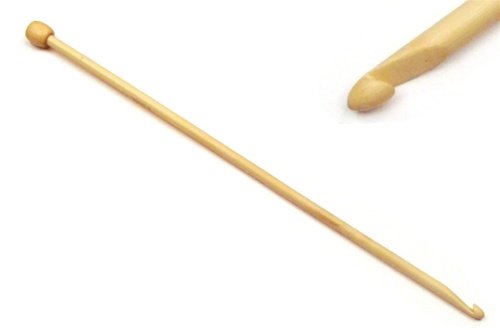
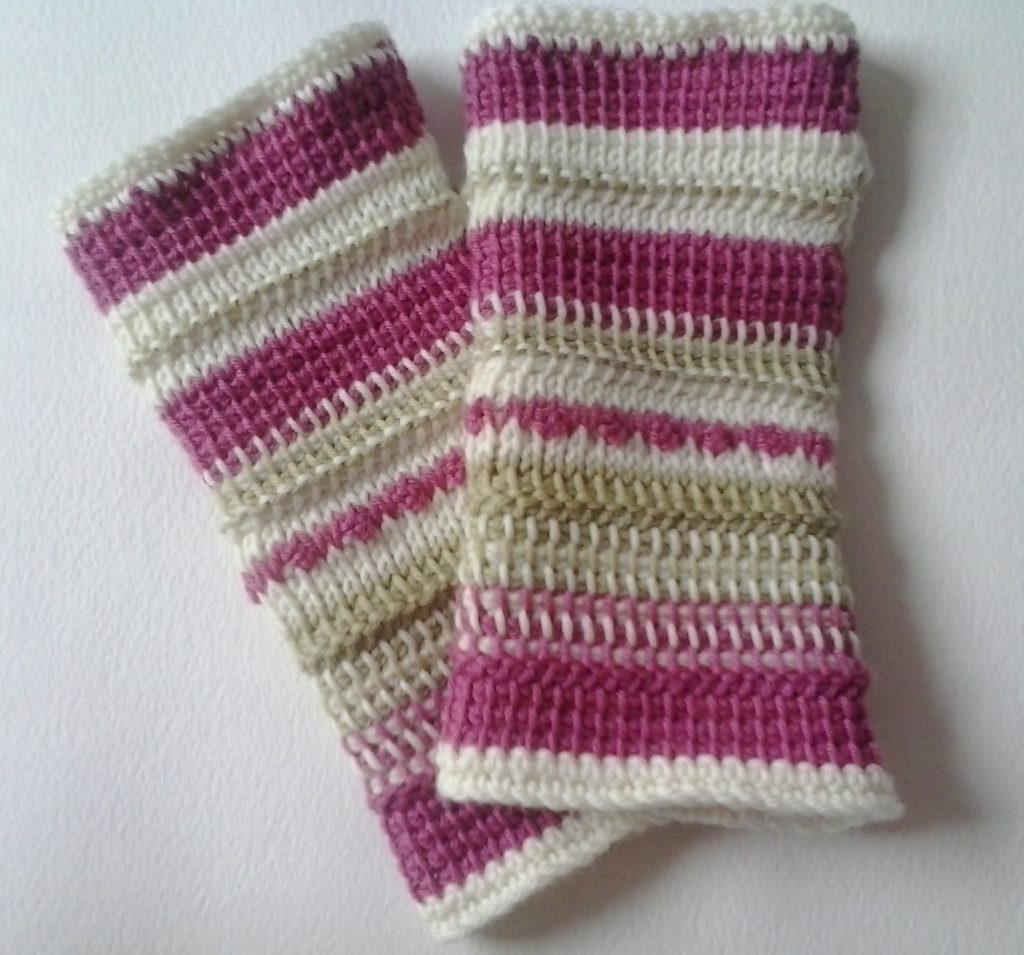
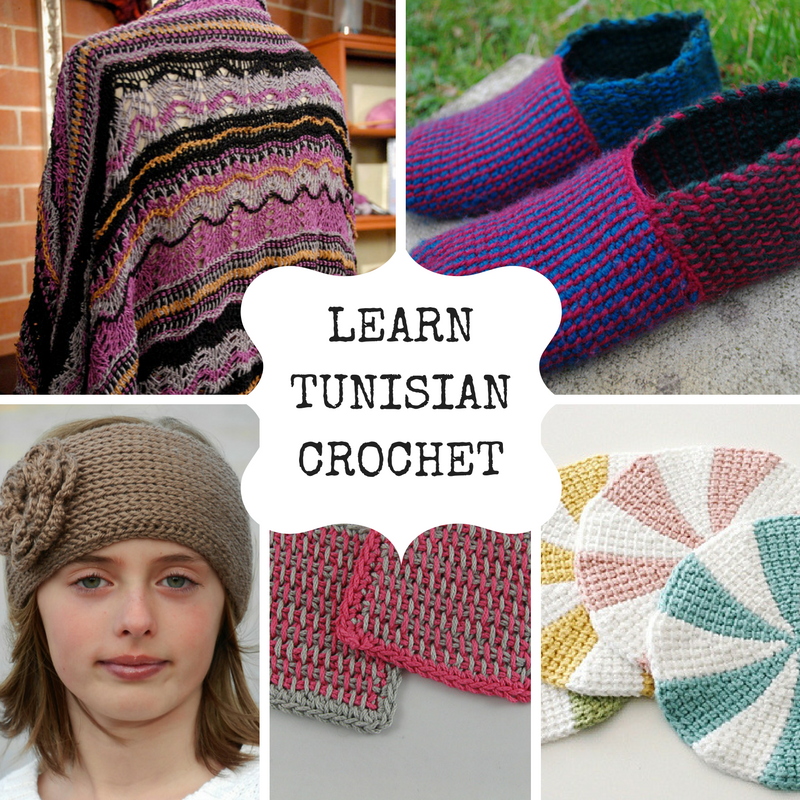
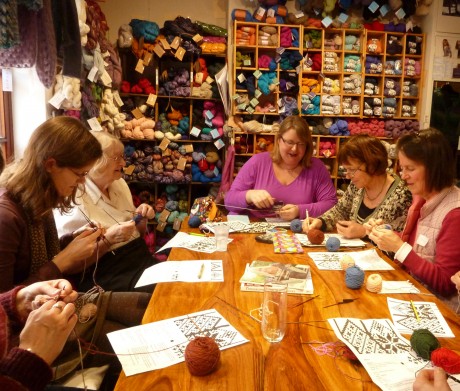
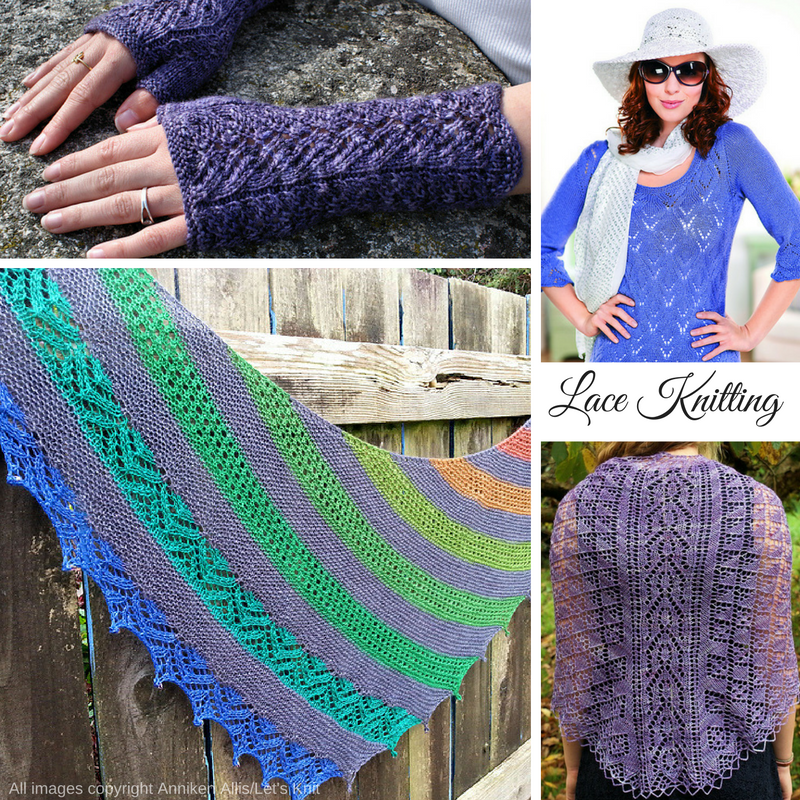
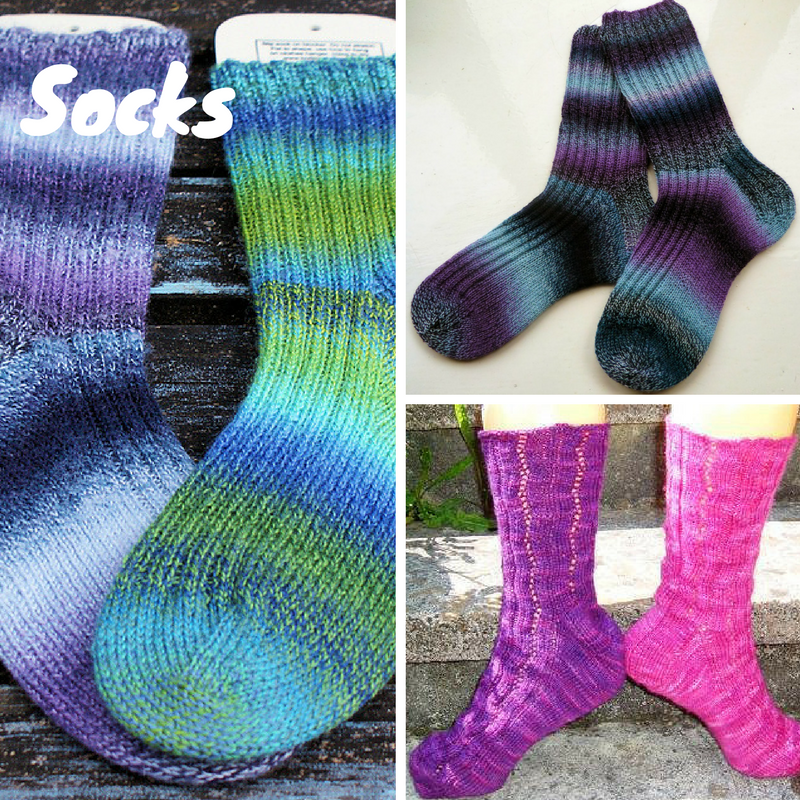
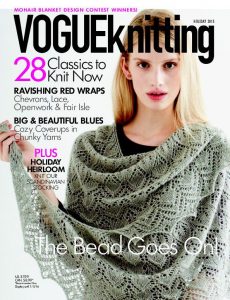
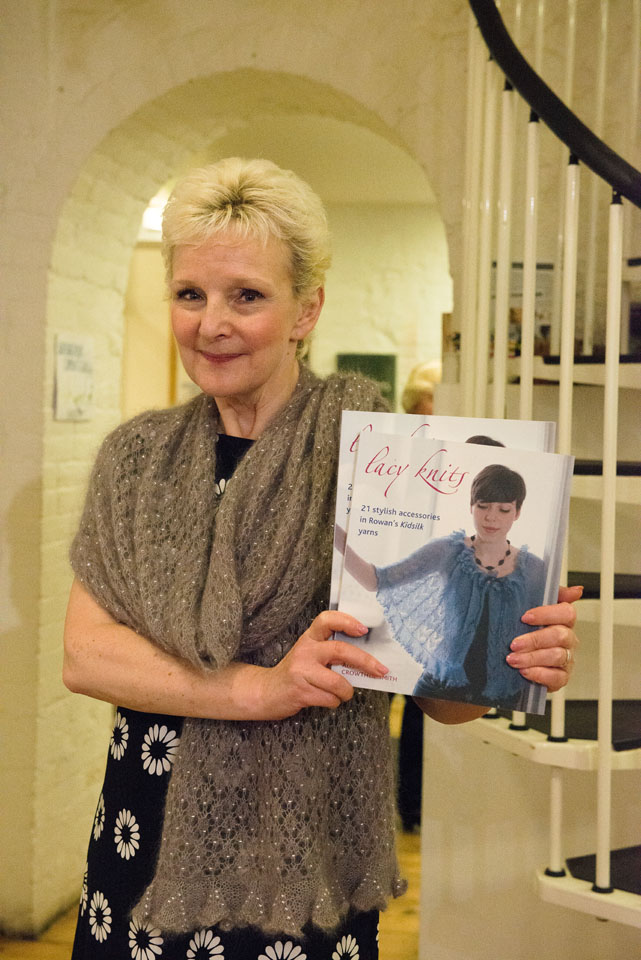
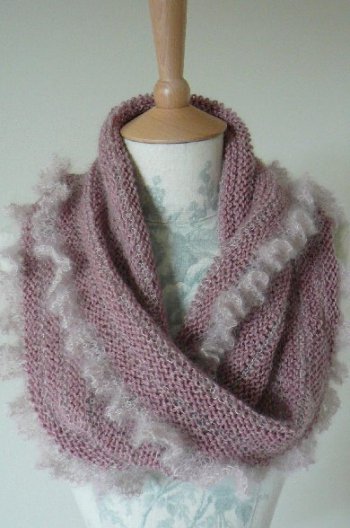
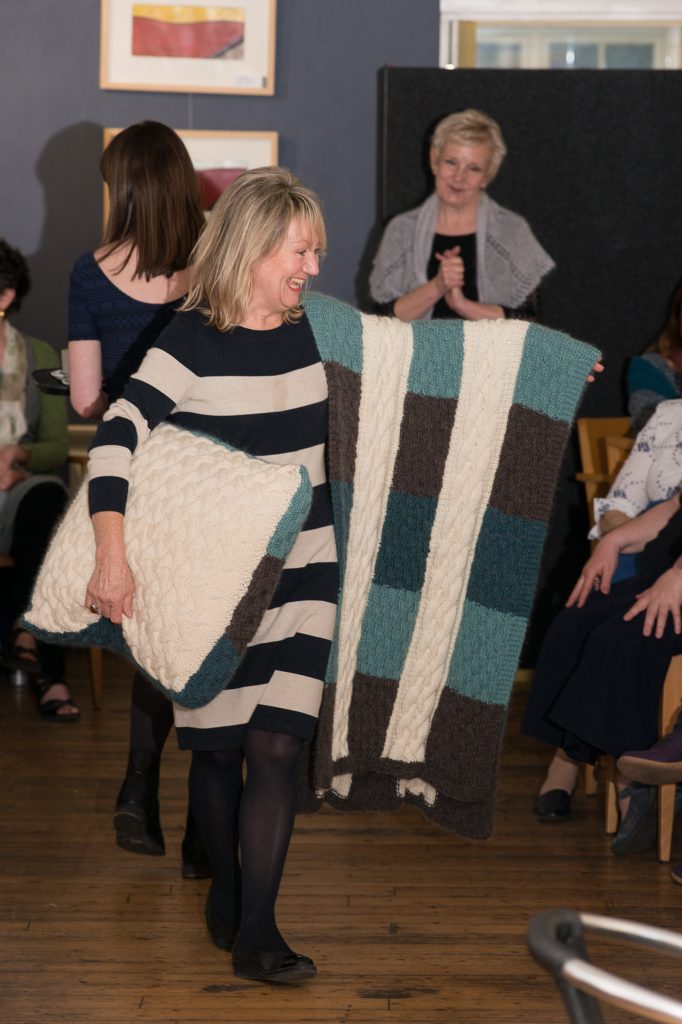
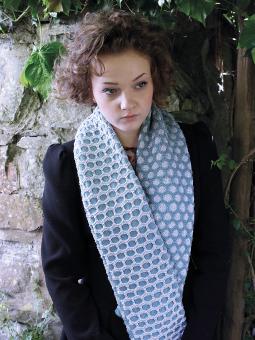
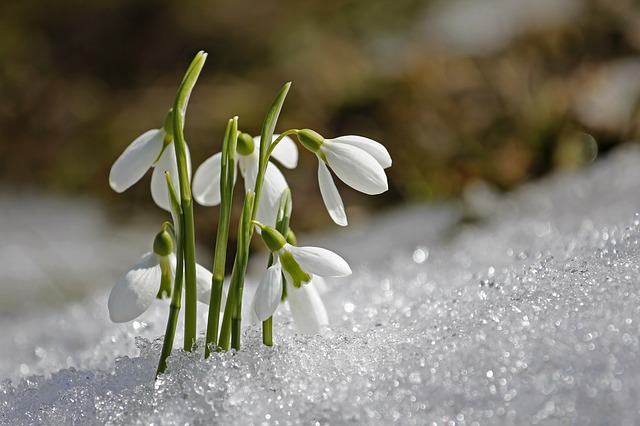
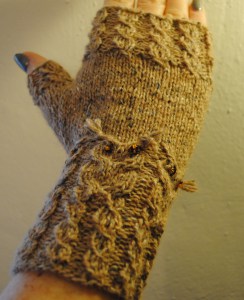
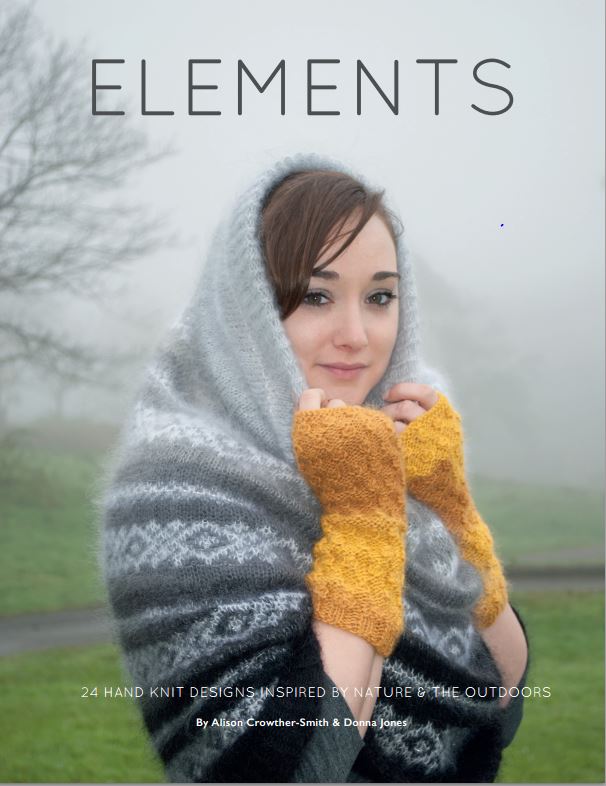
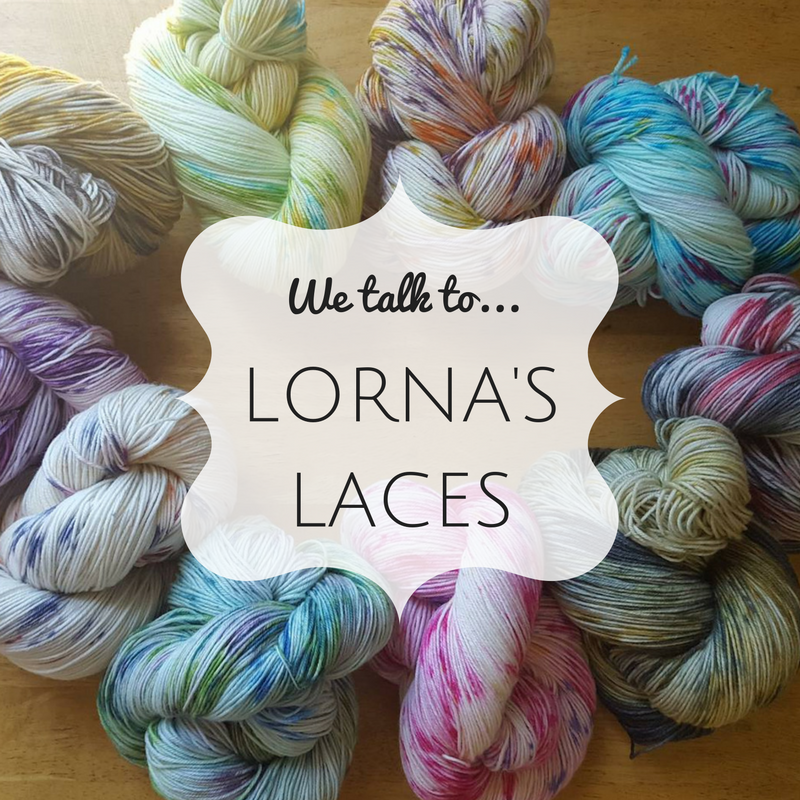
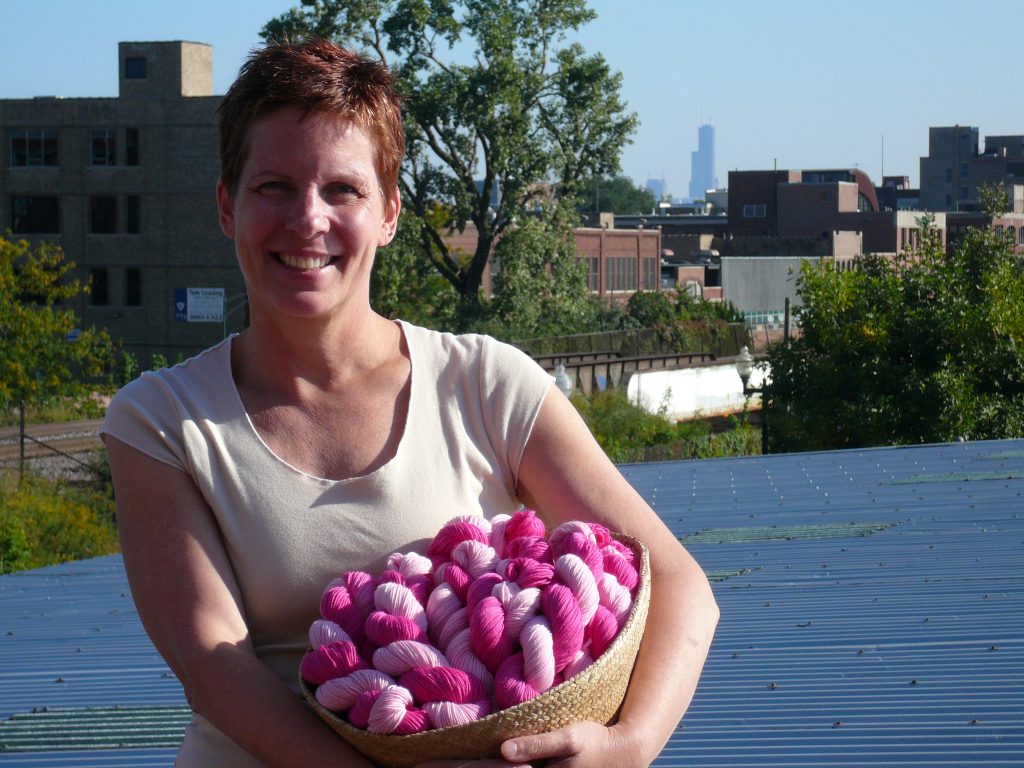
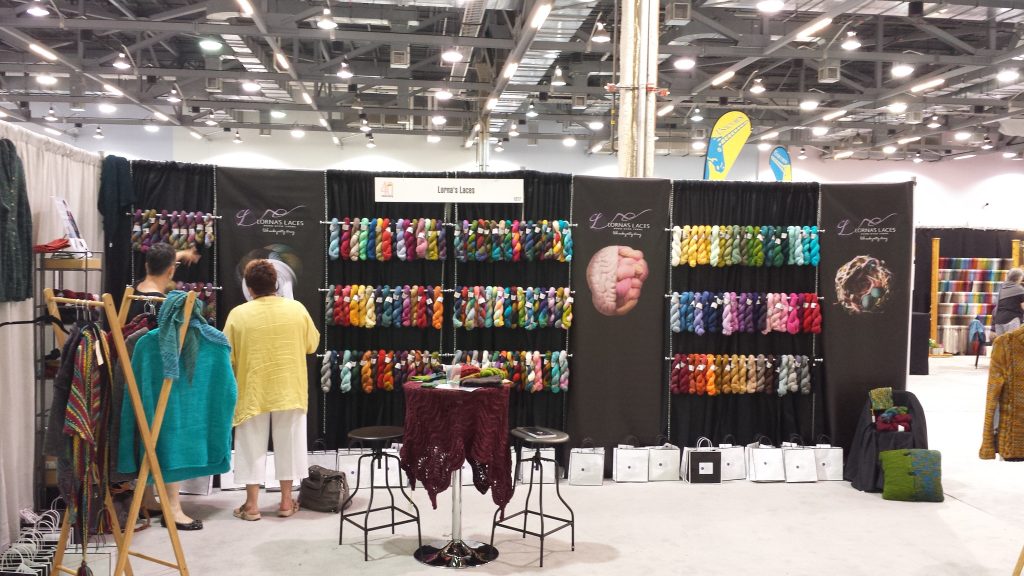
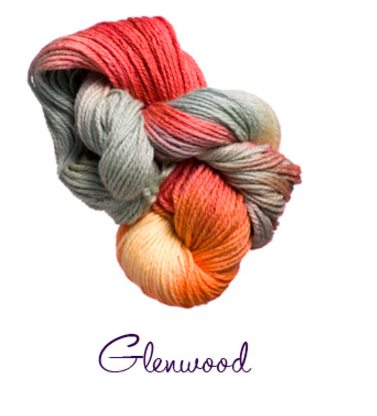
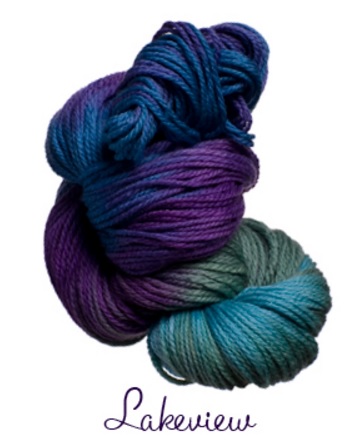
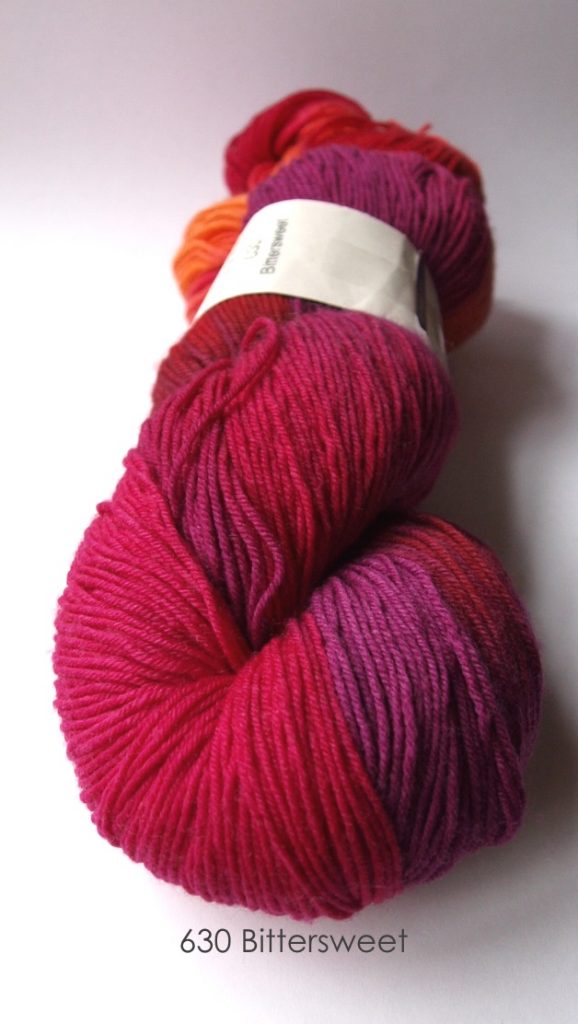
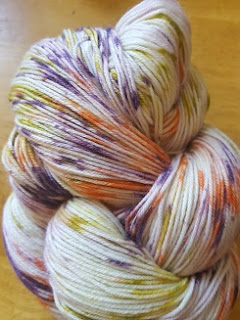
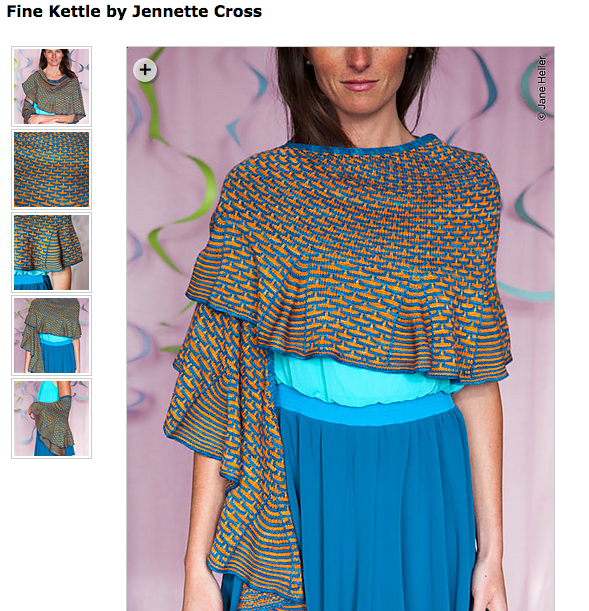
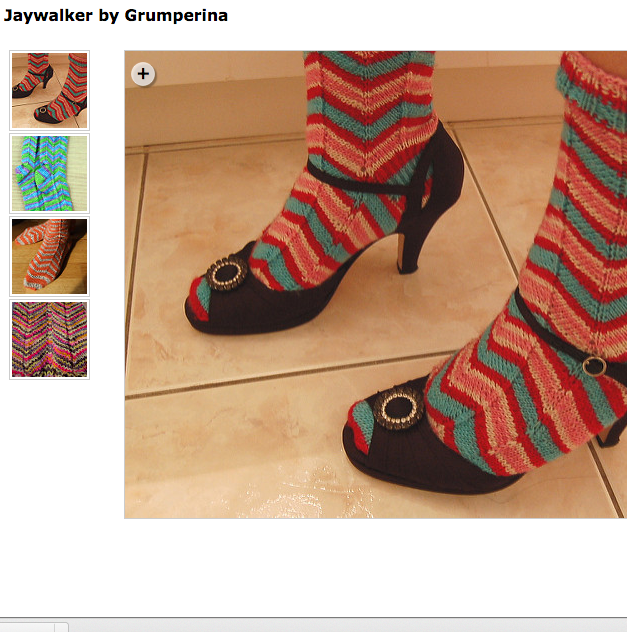
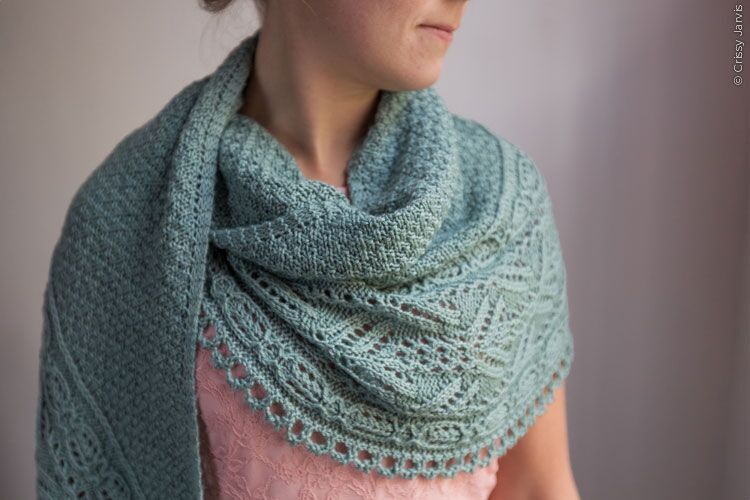
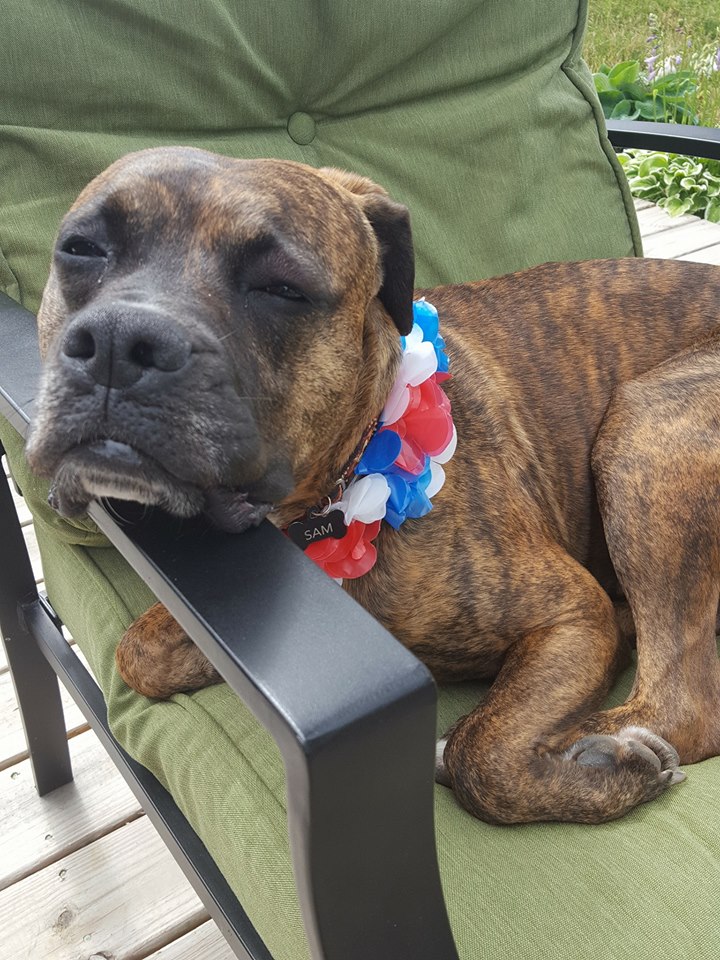
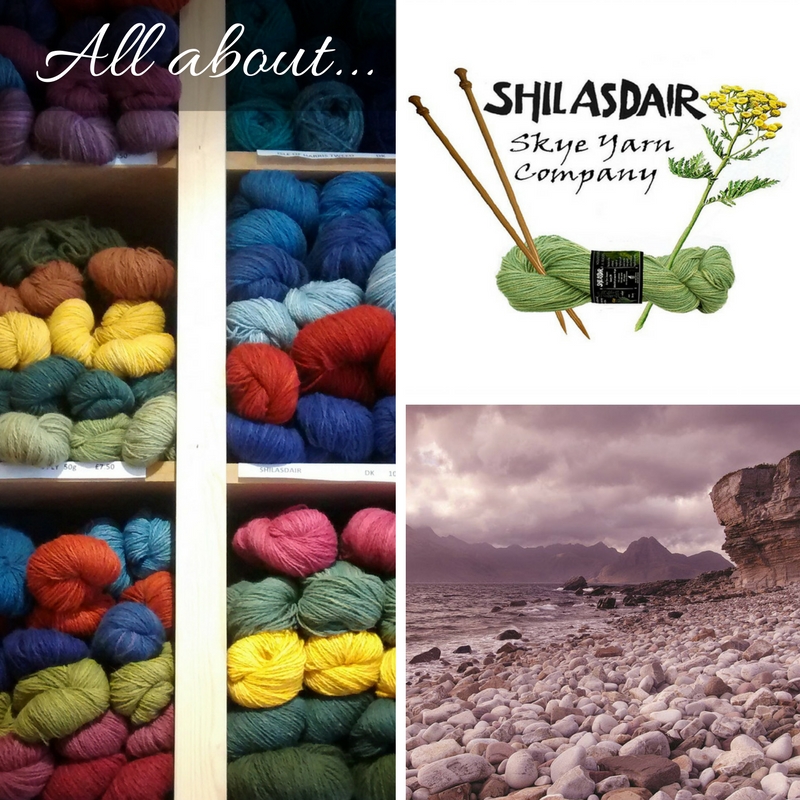
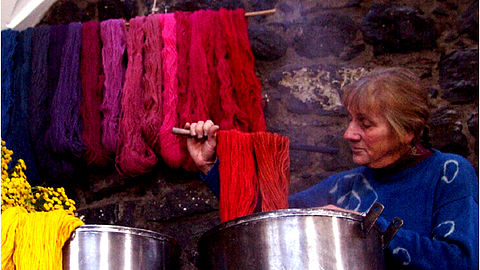
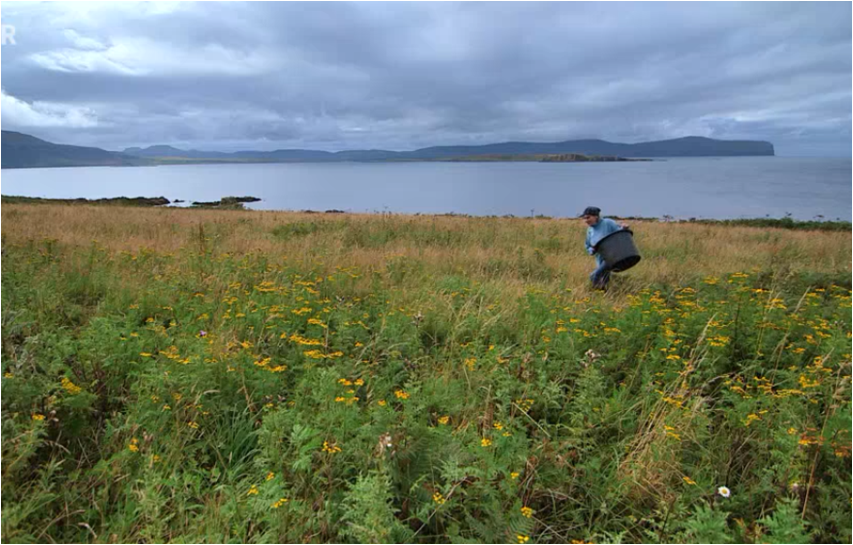
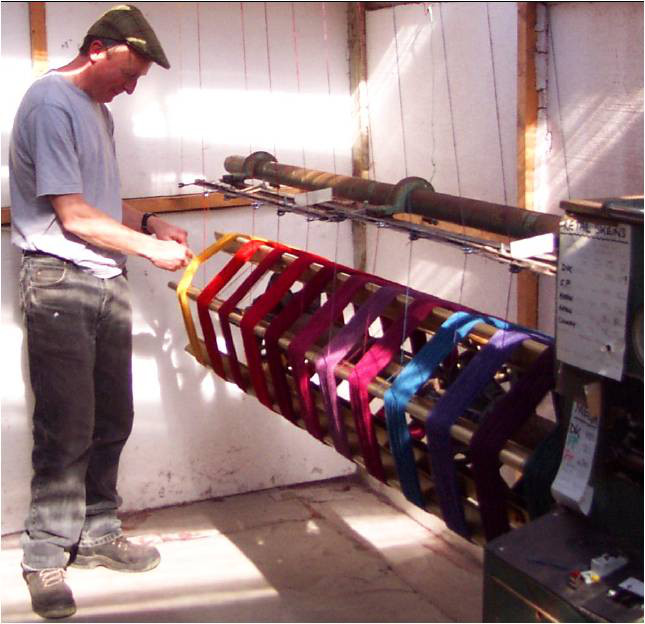
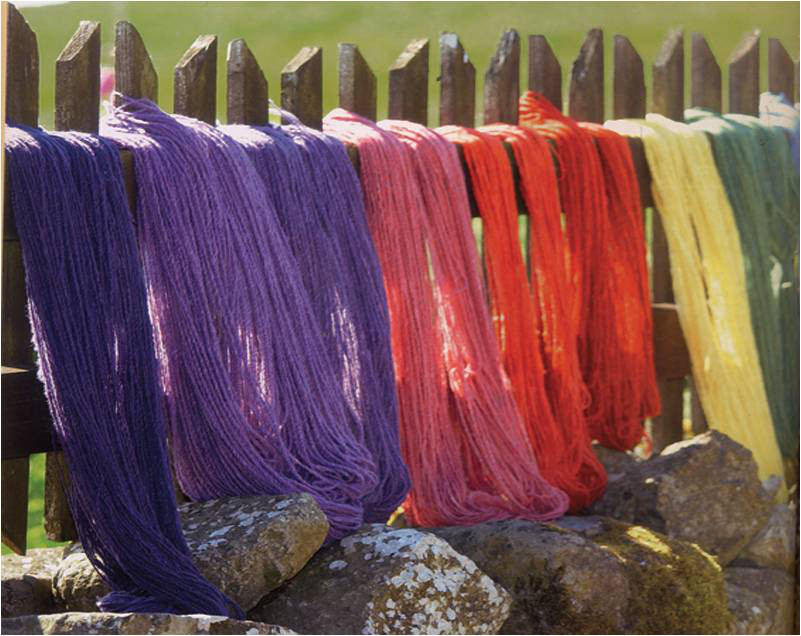
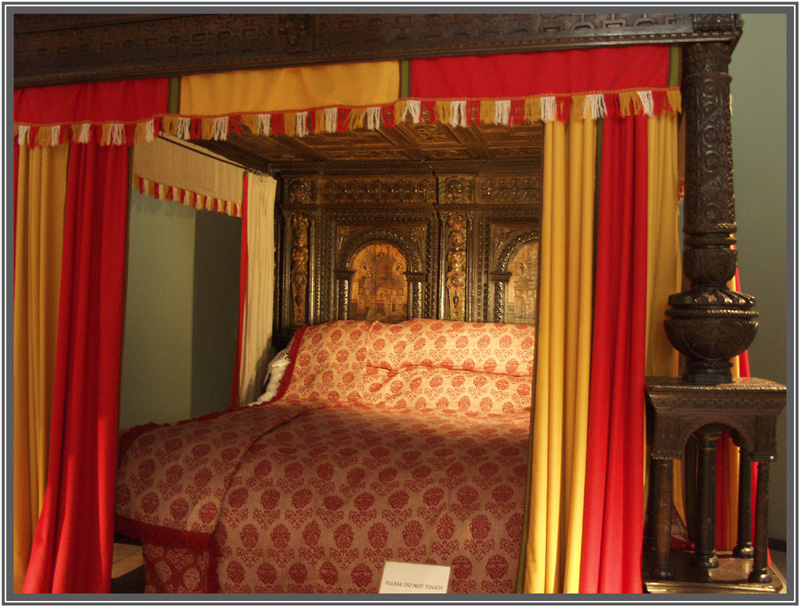
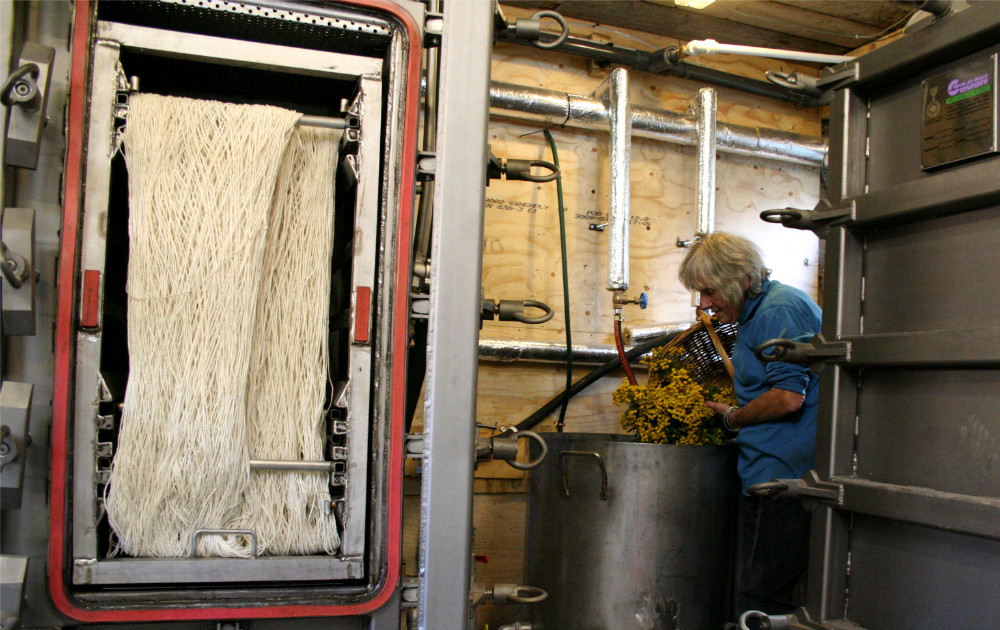
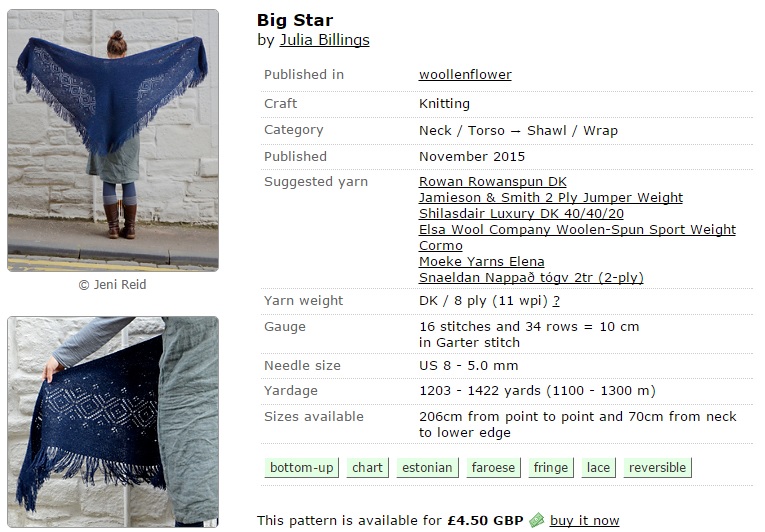
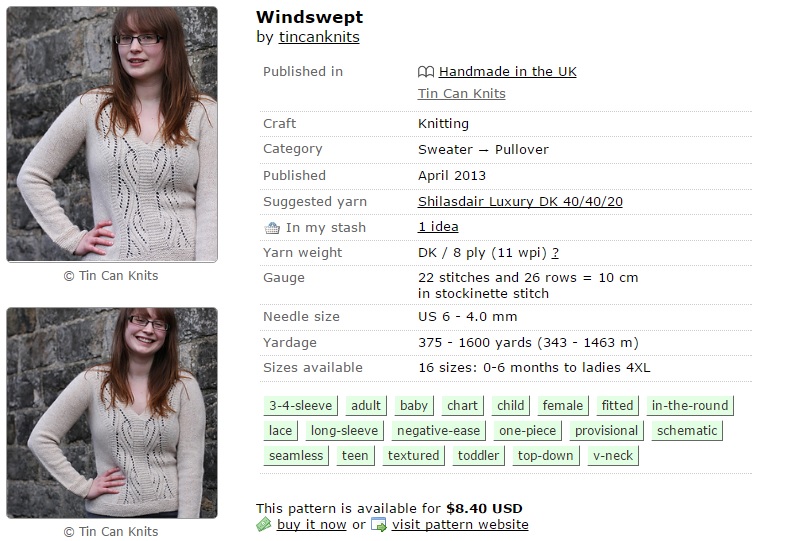
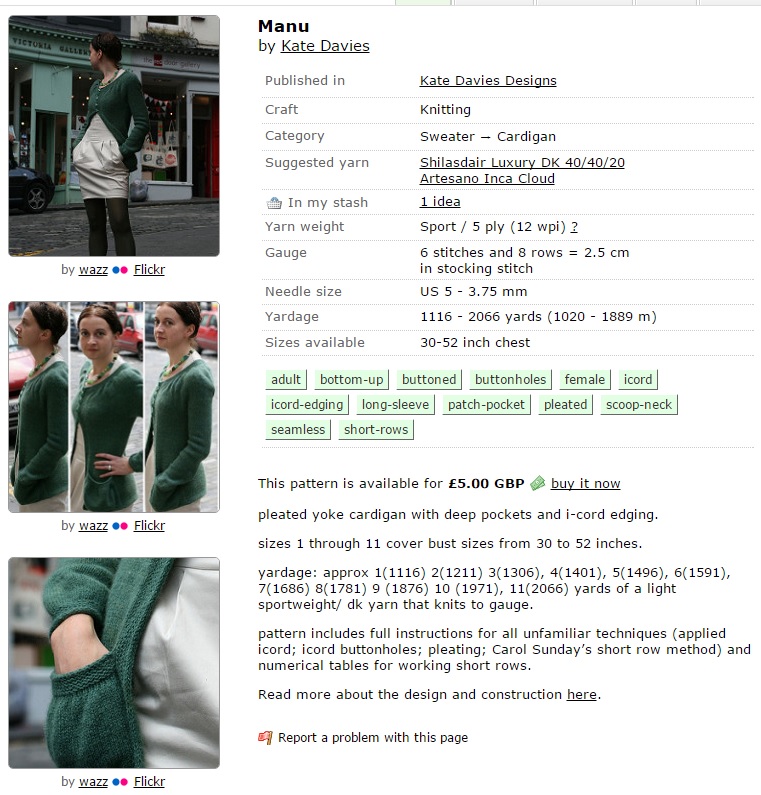 Manu by Kate Davies
Manu by Kate Davies